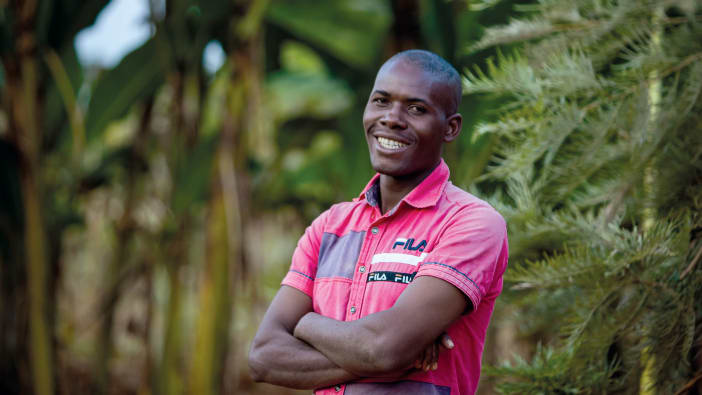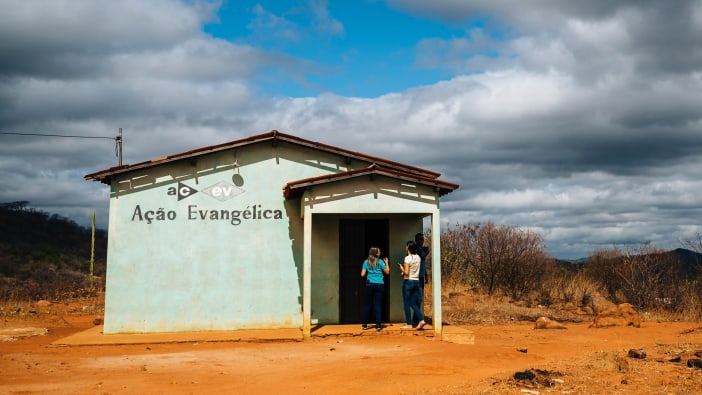Nearly half of the world’s population lives in urban areas. Their need for clean water supplies continues to increase and often competes with the needs of agriculture for water. Poor people in urban areas often pay a lot to receive supplies of clean water.
Researchers are looking into ways of recycling waste-water to use for irrigating crops. Every household has waste-water from washing clothes, dishes and bathing. If treated to remove most of the soap content, all this water could be used for irrigation. Israel, for example, now meets two thirds of all its irrigation needs with treated waste-water.
The use of waste-water (grey water, as it is technically called) can simply mean householders collecting waste-water and emptying buckets over trees and crops. Very simple filters can be built using barrels or drums with layers of charcoal and sand to filter out the chemicals and soap content so the water is less damaging to vegetables.
The Inter-Islamic Network on Water Resources Development and Management (INWRDAM) has been working in a rural area of Jordan with the financial support of the International Development Research Centre (IDRC). They have developed a system using water filters to recycle waste-water for irrigation. This work has helped many families by reducing their water bills and enabling them to irrigate trees and grow forage for domestic animals and poultry.
INWRDAM produce a kit made of two 160 litre plastic barrels containing a filter and connected by pipes. The kit provides for a household with ten people and includes drip irrigation for a garden of about 2,000 square metres. It costs US $250. They have also developed a tank built from concrete blocks, which serves several families (up to 30 people) with drip irrigation supplies for a garden of about 4,000 square metres. This costs US $1,200.
People who have used these kits in Jordan are very pleased. They save on water bills, pay less to empty their septic pits and find that the crop yield of their gardens is higher because the water used for irrigation contains some nutrients.
Dr Murad Jabay Bino is the Director of INWRDAM, P Box 1460, Jubeiha PC 11941, Amman, Jordan. INWRDAM would welcome the opportunity to share their experiences with others. E-mail: [email protected] Website: www.nic.gov.jo/inwrdam









